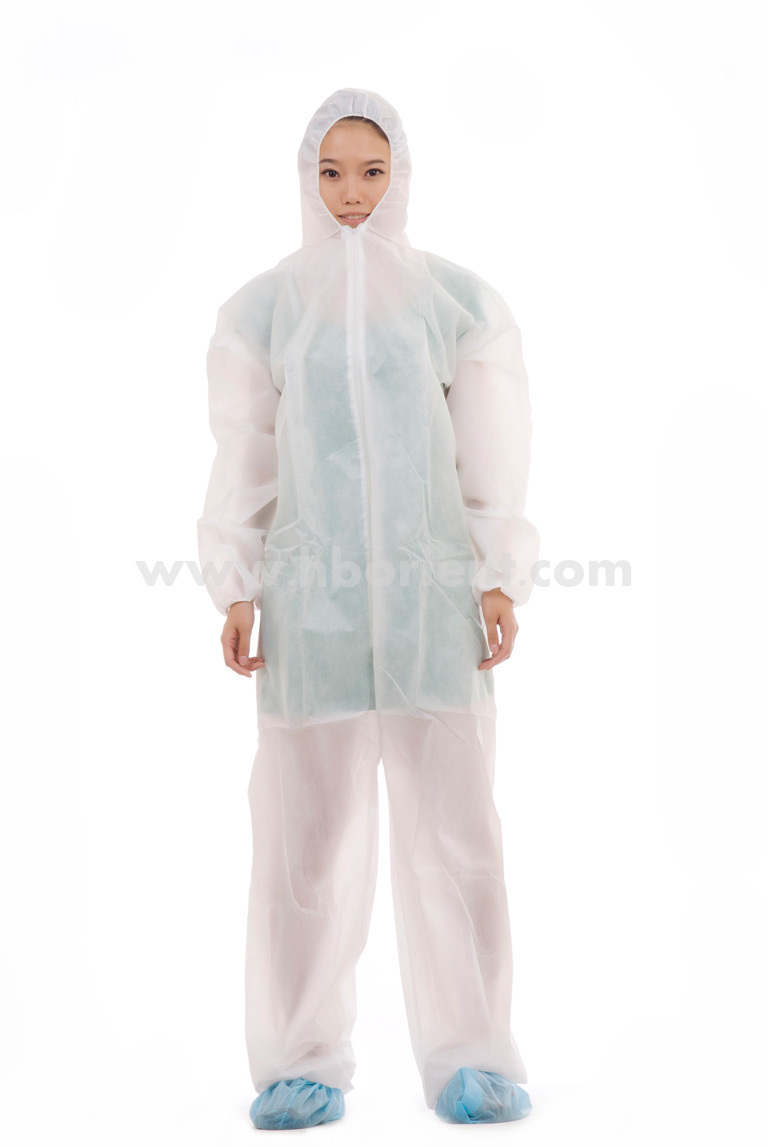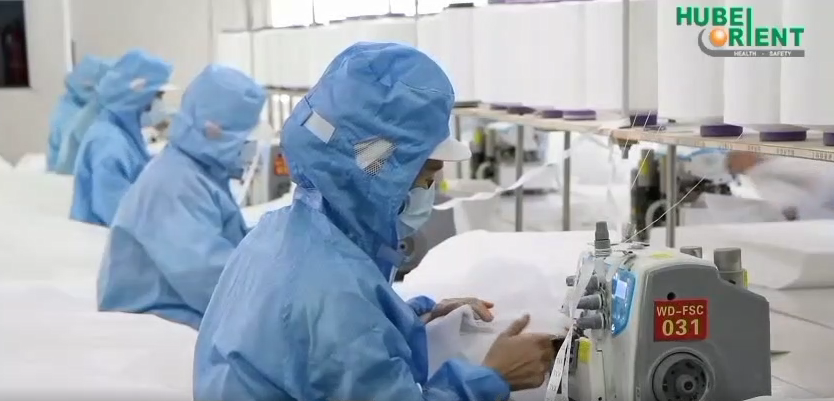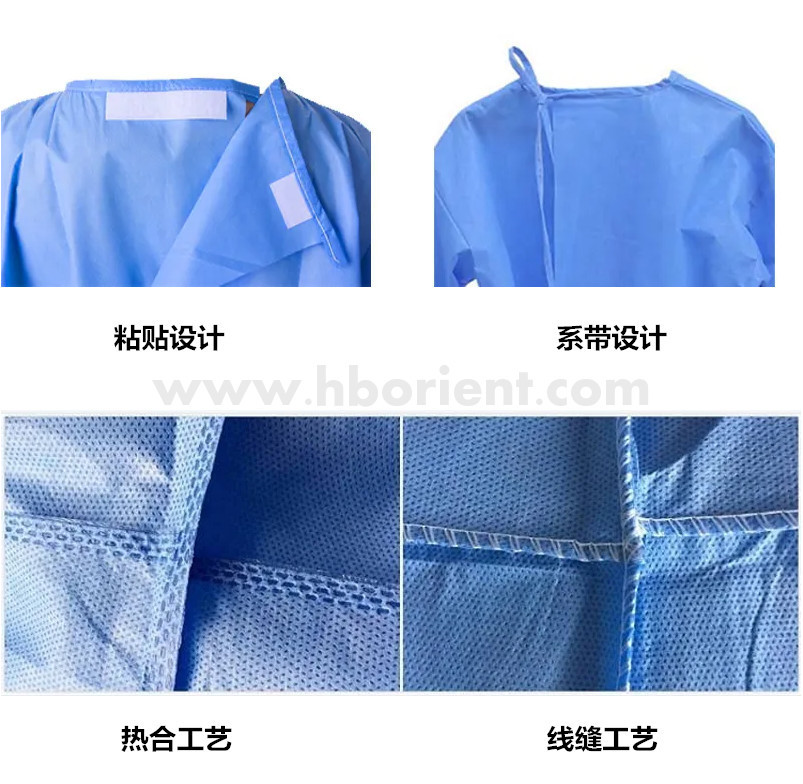Understanding Type 3B Coveralls: Essential Protection for a Variety of Environments
2025-05-16
Type 3B coveralls are specialized protective garments designed to provide a high level of protection against liquid chemicals and biological contaminants. These coveralls are especially crucial in industries where employees are exposed to hazardous materials, such as in healthcare, industrial cleaning, and environmental services. Understanding the characteristics and applications of Type 3B coveralls can help businesses ensure that their employees are properly protected.
One of the primary features of Type 3B coveralls is their waterproof and breathable material. This not only prevents liquids from penetrating the fabric but also allows moisture from the body to escape, reducing the risk of overheating and discomfort during prolonged wear. The design typically includes fully sealed seams, enhancing the garment's ability to resist liquid penetration. This feature is particularly important in environments where employees may encounter splashes or spills of hazardous substances.
Moreover, Type 3B coveralls often come with additional protective elements such as hoods, cuffs, and booties, which further minimize exposure to harmful agents. These components ensure a snug fit, preventing contaminants from entering the coveralls through openings. This is especially significant in settings that require a high level of cleanliness and safety, such as hospitals or laboratories.
Another important aspect of Type 3B coveralls is their versatility. They can be utilized in various industries, including pharmaceuticals, food processing, and cleaning services. For instance, in the food industry, employees may wear these coveralls to prevent contamination during food preparation, ensuring that hygiene standards are maintained. In the cleaning sector, these garments offer protection while handling strong cleaning agents, safeguarding workers from potential irritants.
When selecting Type 3B coveralls, it is essential to consider the specific needs of your workforce and the environment they operate in. Factors such as the level of exposure to hazardous substances, the duration of usage, and the climate conditions should be evaluated to determine the most suitable coveralls. It is also advisable to provide proper training for employees on how to wear and dispose of these garments correctly, ensuring maximum protection and compliance with safety regulations.
In summary, Type 3B coveralls play a vital role in safeguarding employees against liquid hazards and biological agents. Their waterproof and breathable properties, combined with additional protective features, make them suitable for various applications. By investing in high-quality Type 3B coveralls, companies can enhance workplace safety and promote a culture of health and hygiene, ultimately benefiting both employees and the organization as a whole.
One of the primary features of Type 3B coveralls is their waterproof and breathable material. This not only prevents liquids from penetrating the fabric but also allows moisture from the body to escape, reducing the risk of overheating and discomfort during prolonged wear. The design typically includes fully sealed seams, enhancing the garment's ability to resist liquid penetration. This feature is particularly important in environments where employees may encounter splashes or spills of hazardous substances.
Moreover, Type 3B coveralls often come with additional protective elements such as hoods, cuffs, and booties, which further minimize exposure to harmful agents. These components ensure a snug fit, preventing contaminants from entering the coveralls through openings. This is especially significant in settings that require a high level of cleanliness and safety, such as hospitals or laboratories.
Another important aspect of Type 3B coveralls is their versatility. They can be utilized in various industries, including pharmaceuticals, food processing, and cleaning services. For instance, in the food industry, employees may wear these coveralls to prevent contamination during food preparation, ensuring that hygiene standards are maintained. In the cleaning sector, these garments offer protection while handling strong cleaning agents, safeguarding workers from potential irritants.
When selecting Type 3B coveralls, it is essential to consider the specific needs of your workforce and the environment they operate in. Factors such as the level of exposure to hazardous substances, the duration of usage, and the climate conditions should be evaluated to determine the most suitable coveralls. It is also advisable to provide proper training for employees on how to wear and dispose of these garments correctly, ensuring maximum protection and compliance with safety regulations.
In summary, Type 3B coveralls play a vital role in safeguarding employees against liquid hazards and biological agents. Their waterproof and breathable properties, combined with additional protective features, make them suitable for various applications. By investing in high-quality Type 3B coveralls, companies can enhance workplace safety and promote a culture of health and hygiene, ultimately benefiting both employees and the organization as a whole.
Latest News


Quick Navigation
Ammex-Weida(Hubei) Health and Safety Products Co.,Ltd (Chinese Version)
Contact Us
5F,BLDG No.8,SOHO Town,CBD,Huaihai Road,Jianghan District,Wuhan,Hubei,China
Copyright © Hubei Orient International Trading Corporation






